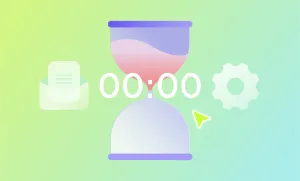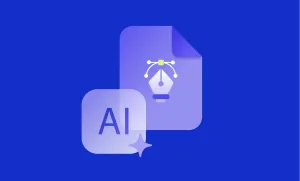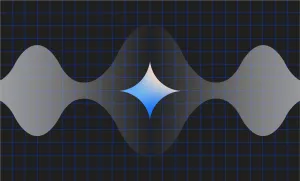Let's be real, the topic of AI has been on (almost) everyone's minds. And everyone's got an opinion, too. You may have heard the occasional "AI is going to steal our jobs", or "it's the end of creativity as we know it". But let's pump the brakes for a second. What if we told you that AI isn't here to rob us of our creativity, but instead is here to supercharge it?
Now, you might be thinking there's no way a string of 1s and 0s can help on the creative front. And it would be a fair dose of skepticism. After all, when most people think of AI, they picture cold, calculating machines churning out formulaic, lifeless content.
But here's the thing: that's just a stereotype, and it couldn't be further from the truth. The reality is that AI is an incredibly powerful tool that can take your creativity to heights you never thought possible. It's just about how you use it.
Let's deep-dive into AI-powered creativity and show you exactly how it works, why it's so effective, and most importantly, how you can harness its power to take your creativity to the next level.
AI Creativity vs Human Creativity
The idea of AI and creativity working together may seem counterintuitive at first. Many people believe that creativity is a uniquely human trait, and that machines could never possess the spark of imagination that drives artistic expression. However, the reality is that AI and human creativity can complement each other in powerful ways.
To understand how generative AI can ignite your own creative potential, we need to take a closer look at generative AI creativity and human creativity side by side.
A Deeper Look Into Human Creativity
A lot of positions nowadays require “creative thinking” in their job descriptions, and there is probably not a single person on earth who hasn’t heard the phrase “think outside the box” at least once in their life. But how exactly do you think outside the box?
A study has shown two ways our brains come up with creative solutions. One is a fast and intuitive type, where we come across quick and unconscious thoughts ("aha" moments) while the other is a more conscious manner of thinking, drawing upon a more slow and deliberate thinking process.
You might use one of these two systems of creativity for your projects, depending on your experience level. In the same study, they analyzed how jazz musicians improvise and came to the conclusion that those who have more experience use the first system, where the improvs are made almost unconsciously, while the less experienced musicians would use the right hemisphere of their brains more, which is associated with the logical thinking and hence is more similar to the second system of creative thinking.
How does AI affect creativity?
Whichever system you are using, the AI doesn’t really break your creative flow.
One of the main concerns among people is that AI can take away the unconscious “aha” moment from them by flooding them with more conventional ideas and blocking their brains from coming up with original thoughts on their own.
But the truth is that the more ideas you feed your brain, the higher the chances are that it will come up with original solutions. So, although the “aha” moment will still come on its own, you do need to expose your brain to a variety of ideas and thoughts so it can light up a bulb in the middle of the night and wake you up with the most creative idea you’ve ever had. And what better way to learn and get new ideas on a specific topic than to use AI?
To top it off, if you’re using the second system, the AI is there to help you during the creative flow itself. If your creativity comes more deliberately to you, then you can use the AI to guide you through the process. It could give you outlines, examples, and hints that you could use to help you come to your creative solutions quicker and easier.
A Deeper Look Into AI Creativity
Now, let's delve into the fascinating realm of AI creativity. You might be wondering, "How exactly can artificial intelligence be creative?" Well, let's unravel the mystery.
Generative AI creativity operates through a process called generative modeling. This involves training algorithms on vast amounts of data to understand patterns, styles, and structures within various domains. These algorithms can then generate new content, whether it's artwork, music, writing, or even innovative solutions to complex problems.
One popular technique is known as Generative Adversarial Networks (GANs). In a GAN, two neural networks – the generator and the discriminator – engage in a creative tug-of-war. The generator creates new content, such as images or text, while the discriminator tries to distinguish between real and generated examples. Through this iterative process, the generator improves its ability to produce realistic and novel outputs.
Another approach is reinforcement learning, where AI agents learn to maximize rewards by exploring different actions within a given environment. This method has been used to develop AI systems capable of composing music, designing products, and even formulating scientific hypotheses.
But here's the fascinating part: AI creativity isn't just about mimicking human output. With the help of humanizer AI tools, it can offer fresh perspectives and bring out unconventional ideas that might elude human minds. By analyzing vast datasets and exploring countless possibilities, AI can inspire us with novel concepts and push the boundaries of what we perceive as creative.
So, whether you're seeking inspiration, generating innovative solutions, or exploring artistic realms, AI can be a valuable companion in your creative journey.
How does AI lack creativity?
Now, the passage you’ve read above was completely AI-generated. Can you feel the difference? If not, reading a couple more similar passages will make it clear that a lot of ChatGPT text repeats phrases like “fascinating realms,” “unravel the mystery,” “fascinating part,” or “elude human minds,” especially the ones that are prompted to be written in a more friendly tone of voice.
This means that although it's nice to get your dose of inspiration from generative AI, it doesn’t mean you have no work to do after the AI has given you its end product. That’s why you can rest assured that AI is not stealing your job; it’s just here helping you out to do it quicker and with more fun than before. Use it for inspiration, task automation, and research, but always go over it and add a layer of human touch to truly make it unique.
How Generative AI Can Augment Human Creativity: Top AI Tools to Try
Enough of a theory lesson! Let’s see practical examples of AI and creativity. In this section, we’ve collected the best generative AI tools to help you get your creative juices flowing.
1) Podcastle
Podcastle is for everything audio-related and even more! It’s a perfect tool to remove all your repetitive tasks related to audio production and save you time for more creative ones. It also offers fun yet powerful AI features like a text-to-speech converter, a range of human-like AI voice skins, and even a revoice feature to clone your own voice.
2) Google Magenta
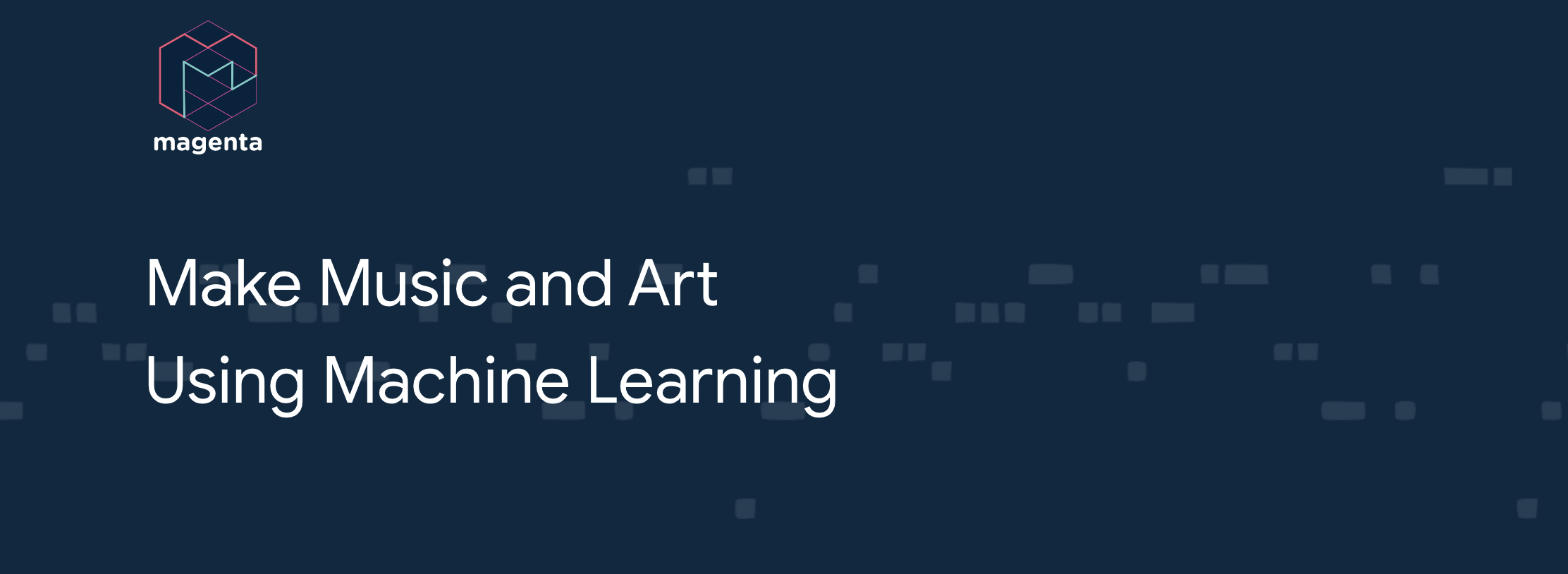
Google Magenta is a research project exploring the role of machine learning in the creative process, particularly in music and art. From AI-generated music compositions to interactive art installations, Google Magenta offers a suite of tools and resources for artists and musicians to experiment with AI-driven creativity.
3) Adobe Neural Filters

Adobe Photoshop, one of the most famous image editing platforms in the industry, has integrated powerful AI-driven features into its software. With tools like Generative Fill and Generative Expand, Photoshop empowers users to streamline tasks such as content addition, distraction removal, and background replacement. You can now use AI to generate images with just a couple of clicks.
4) Runway
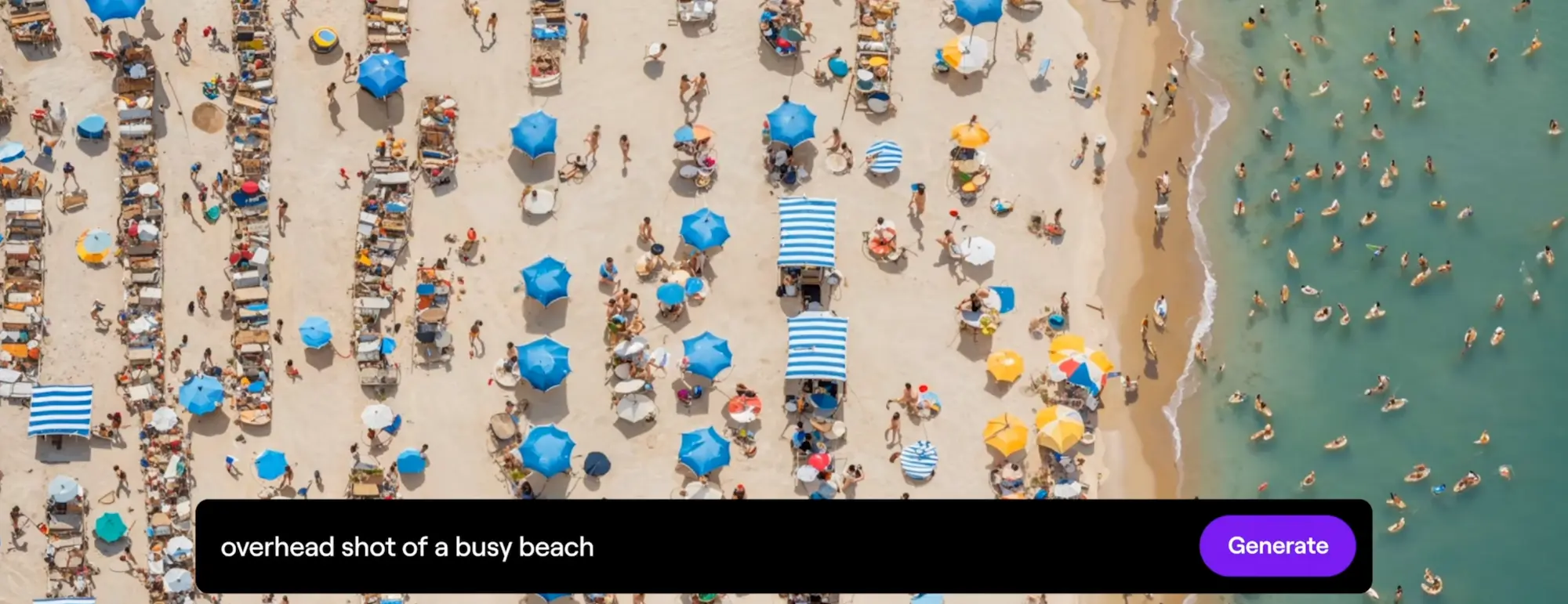
Runway is a creative tool that enables you to turn text or images into advanced illustrative work or video, directly with AI. Using machine learning models, Runway can transform prompts and rough sketches into polished illustrations, generate artwork based on your input, and provide real-time feedback to enhance your creative process.
5) DALL-E
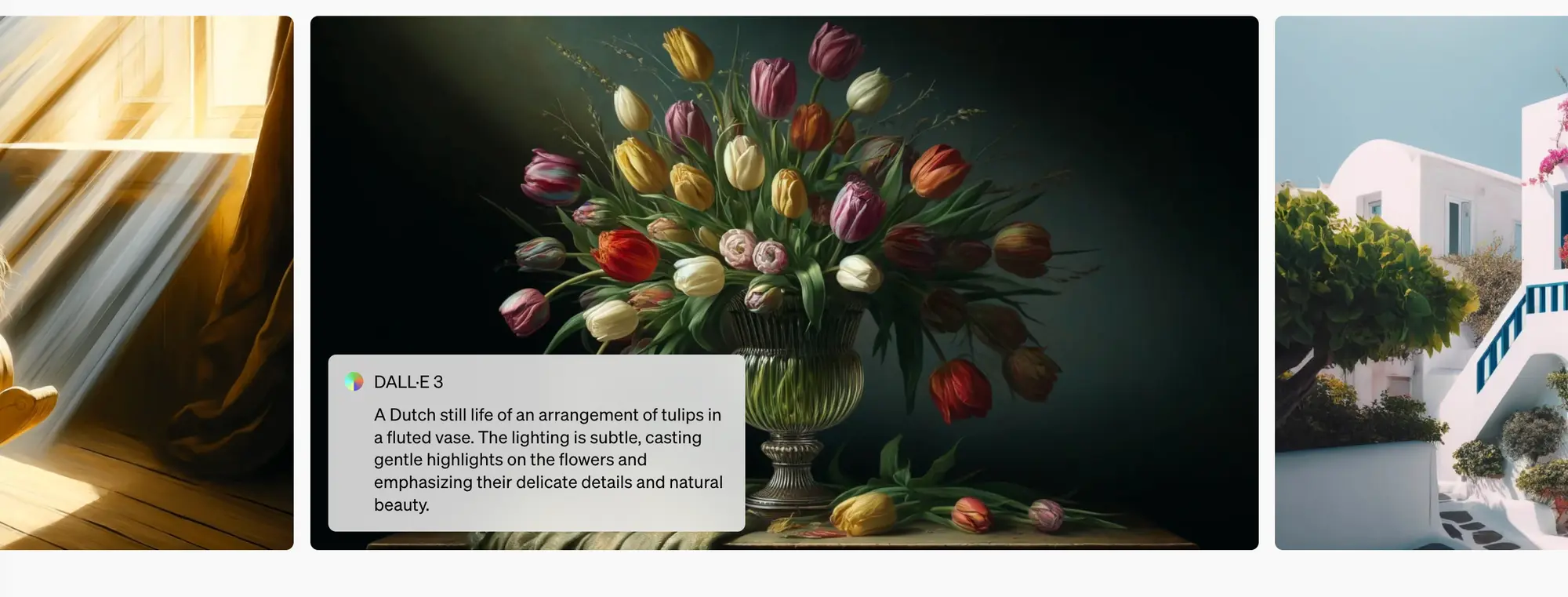
Developed by OpenAI, DALL-E is an AI model capable of generating images from textual descriptions. Whether you're looking to visualize abstract concepts, brainstorm new ideas, or simply indulge in creative exploration, DALL-E provides a limitless canvas for your imagination.
Final Thoughts
The relationship between AI and creativity is not one of competition but rather of collaboration. AI can enhance our creative processes, but it will mostly depend on how you use it. With the right measures, you can take your productivity and imagination to the next level.
If you want to develop your creativity instead of shying away from the latest technologies, you should embrace AI openly and be curious about how this new line of technology can improve your creative flow.
Plus, chances are that others out there are already trying out AI or reaping from its benefits, so don't be the one left behind!






